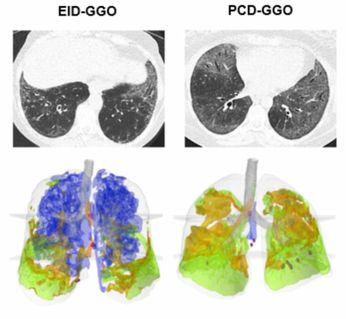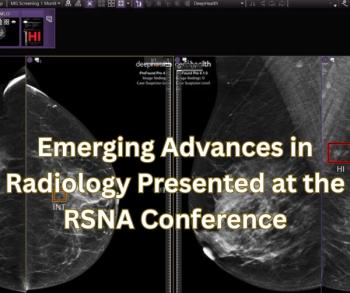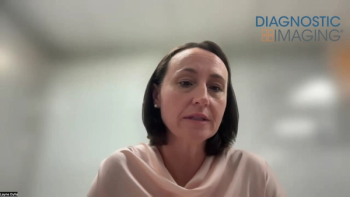How Socioeconomic Disparities Affect Follow-Up of Incidental Pulmonary Nodules on CT
In a study of nearly 2,500 patients with incidental pulmonary nodules (IPN) on chest computed tomography (CT) exams, 69.5 percent of those in the highest quartile of the CDC’s Social Vulnerability Index (SVI) had inappropriate IPN follow-up in comparison to 54.3 percent of those in the lowest quartile of the CDC SVI.
Emerging research suggests socioeconomic disparities have a significant impact on the follow-up of incidental pulmonary nodules (IPNs) detected during computed tomography (CT) exams.
For the retrospective study, recently published in the
The researchers found that 69.5 percent of the top overall SVI quartile, representing the highest degree of social vulnerability or concentration of poorer, non-White residents, had inappropriate IPN follow-up. In contrast, inappropriate IPN follow-up occurred in 54.3 percent of the lowest SVI quartile, defined by the study authors as having the lowest social vulnerability or the highest concentration of White wealthy residents.
The study authors saw similar disparities with different subcategories of the SVI. An analysis of socioeconomic status (SES) found that 72 percent of the top SVI quartile had inappropriate IPN follow-up in comparison to 56.5 percent of the lowest SVI quartile. For the top SVI minority/language quartile, researchers noted that 64.9 percent had inappropriate IPN follow-up in comparison to 50.8 percent in the lowest SVI minority/language quartile. The study authors also saw a nine percent difference between the top and bottom SVI housing/transportation subcategory (64.1 percent versus 55.1 percent).
“We found geographic social vulnerability and residential segregation to be strong predictors of inappropriate follow-up, even after adjusting for factors such as patient age, race, ethnicity, smoking status, and nodule risk. Our results underscore the association between structural inequities and health disparities,” wrote Stella K. Kang, M.D., M.Sc, an associate professor in the Departments of Radiology and Population Health at the New York University Grossman School of Medicine., and colleagues.
The researchers also noted a higher percentage of patients lost to follow-up in the top overall SVI quartile (59 percent) in comparison to those in the lowest SVI quartile (46 percent).
“Patients living in lower socioeconomic or minority communities with higher levels of disability or lower levels of transportation may face challenges in healthcare access,” noted Kang and colleagues. “Other factors such as language barriers in patient-provider communication may also play a role.”
In regard to limitations of the study, researchers acknowledged that some of the follow-up on incidental pulmonary findings may have happened outside of the network of local health care facilities. For the assessment of social determinants of health, the study authors conceded that census tract measurements may not provide sufficient detail on socioeconomic disparities and racial-ethnic marginalization at the neighborhood level.
Newsletter
Stay at the forefront of radiology with the Diagnostic Imaging newsletter, delivering the latest news, clinical insights, and imaging advancements for today’s radiologists.





























